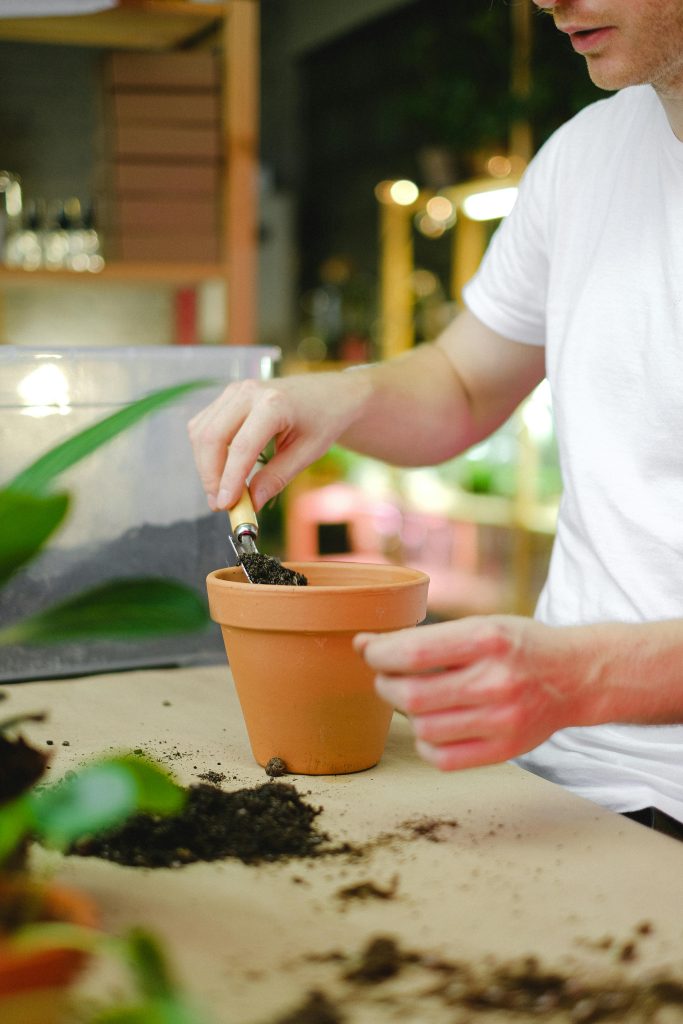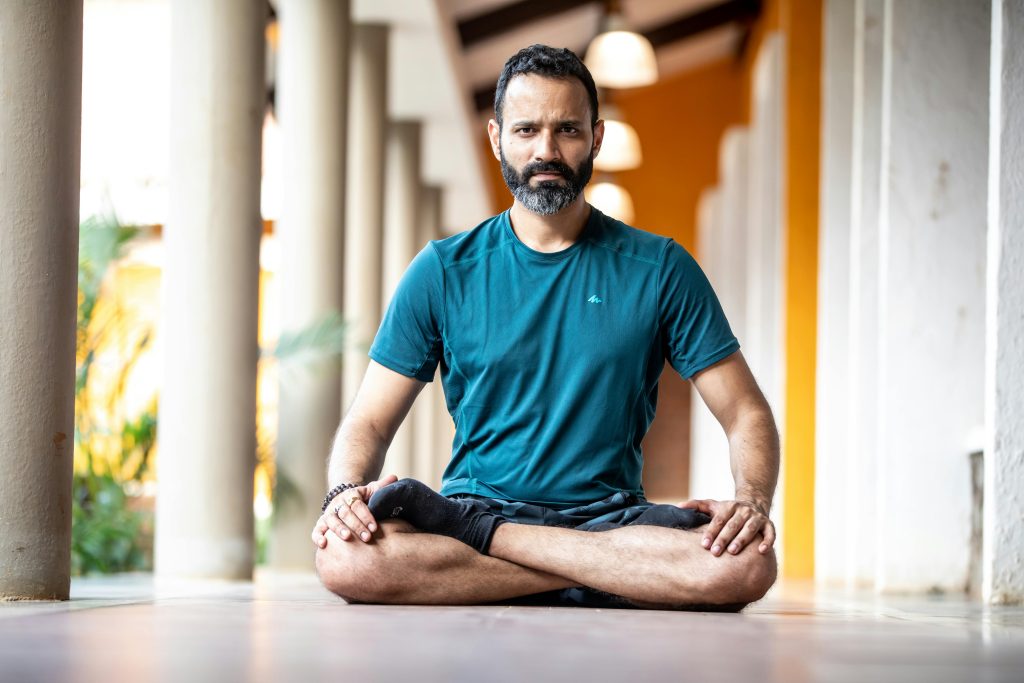Introduction
When your to-do list feels never-ending, deadlines loom, and emotions run high, it’s all too easy to become swept away by stress. Mindfulness—anchoring your attention in the present moment—offers a proven antidote. By cultivating simple awareness practices, you can interrupt autopilot, reduce anxiety, and reconnect with calm even in the busiest seasons. In this post, you’ll discover nine actionable strategies—rooted in neuroscience and proven in real-world settings—that help you stay grounded, resilient, and present when life’s challenges pile up.

1. Anchor With the Breath
Why It Works
The breath is always with you. Focusing on inhalations and exhalations engages the body’s relaxation response, lowering cortisol and centering the mind.
How to Practice
- Box Breathing: Inhale for 4 counts → hold 4 → exhale 4 → hold 4. Repeat 4 times.
- 3-Part Scan: Notice the rising of belly → chest → collarbones, then exhale from top to bottom.
- Micro-Breaks: Pause at red lights or elevator rides for 3 full breaths.
2. Use “Mindful Pauses” Throughout Your Day
What They Are
Short, intentional breaks—10 to 30 seconds—when you step out of task mode to check in with yourself.
Examples
- Before Responding: Take one breath before replying to an email or text.
- Transitioning Tasks: After finishing one work item, close your eyes briefly and notice sensations.
- During Routine Actions: While washing hands, fully feel the water temperature and the soap’s texture.
3. Ground Yourself With the Senses
The 5-4-3-2-1 Technique
A quick way to break stress loops by engaging all five senses:
- 5 things you see
- 4 things you can touch
- 3 things you hear
- 2 things you smell
- 1 thing you taste
This brings you into the present and away from ruminative thoughts.

4. Keep a “Just Notice” Journal
How It Helps
Writing down fleeting thoughts, emotions, or bodily sensations fosters non-judgmental awareness and helps you spot stress patterns.
Getting Started
- Format: Three columns for “Thought,” “Feeling,” and “Physical Sensation.”
- Frequency: Jot entries 1–3 times daily, especially when you feel tension rising.
- Reflections: At week’s end, review for recurring themes you can address.
5. Practice Single-Tasking, Not Multitasking
The Myth of Multitasking
Switching rapidly between tasks fragments attention and increases mental fatigue.
Mindful Single-Task Steps
- Cluster Similar Tasks: Batch all calls, all emails, etc., into one block.
- Set Timers: Work in 25-minute focused sprints (Pomodoro Technique) with 5-minute mindful breaks.
- Eliminate Distractions: Silence notifications and place your phone out of reach.
6. Move With Intention
Mindful Movement Benefits
Physical activity—walking, stretching, or yoga—paired with attention to sensations boosts both body and mind.
Simple Practices
- Walking Meditation: Feel the heel-to-toe roll of each foot.
- Desk Stretches: Inhale arms overhead → exhale fold forward, noticing the stretch.
- Five-Minute Yoga: Sun salutations with focus on breath and alignment.

7. Cultivate Kindness and Self-Compassion
The Role of Self-Compassion
Treating yourself with the same understanding as a friend reduces self-criticism, a major source of overwhelm.
Compassion Practices
- Self-Compassion Mantra: “May I be kind to myself in this moment.”
- Soothing Touch: Place a hand over your heart or hug yourself briefly.
- Letter to Self: Write a short note acknowledging your struggles and strengths.
8. Design a “Mindful Environment”
Why Your Space Matters
Cluttered or chaotic surroundings can fuel mental clutter. A few mindful tweaks can anchor calm.
Quick Wins
- Clear a Surface: Keep one desk or shelf minimal—a plant and one favorite object.
- Natural Elements: Add a small plant, an essential-oil diffuser, or a window view.
- Anchor Object: Carry a smooth stone or bracelet you can touch to reconnect with presence.
9. Establish a Consistent Meditation Routine
Building the Habit
Even 5–10 minutes daily provides benefits—reduced reactivity, improved focus, and emotional resilience.
Tips for Success
- Same Time & Place: Anchor your practice, whether morning, lunch break, or before bed.
- Guided Apps: Use Headspace, Insight Timer, or Calm for structured support.
- Accountability: Join a meditation group or pair up with a friend for daily check-ins.
Conclusion
Mindfulness isn’t an escape from reality—it’s a way to meet life’s challenges with clarity and composure. By weaving these nine techniques into your daily routine, you’ll develop the mental muscle to stay centered, even when overwhelm strikes. Start small: pick one or two practices that resonate, commit to trying them for a week, and notice how your relationship to stress begins to shift. Remember, every moment of awareness strengthens your capacity to respond rather than react—transforming even the busiest days into opportunities for presence and peace.

Leave a Reply